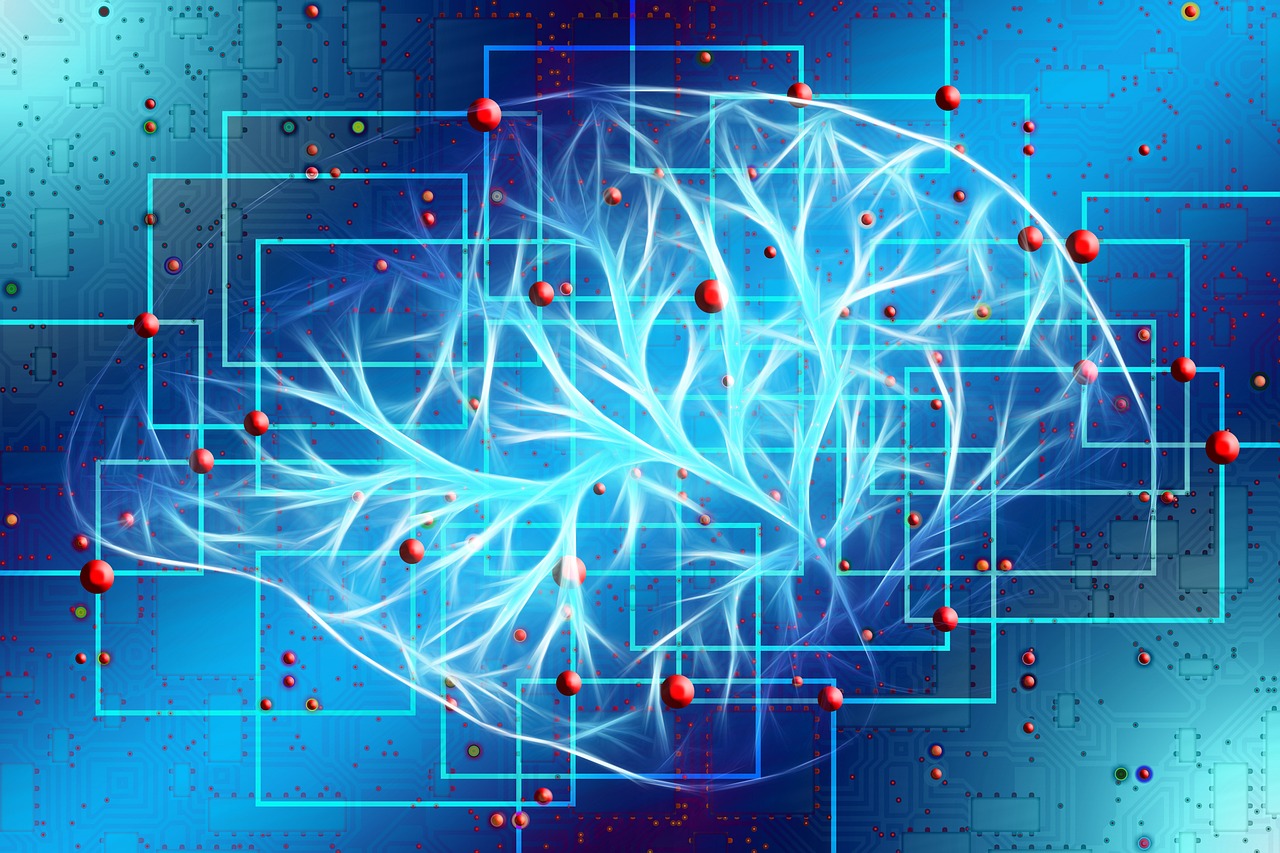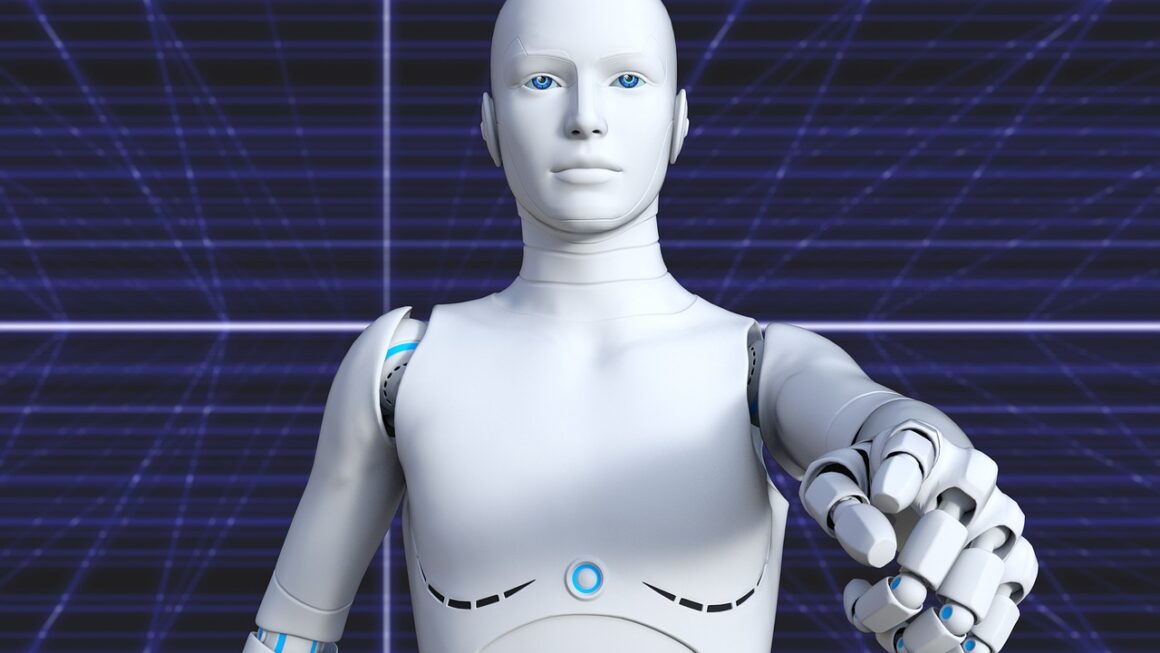AI-powered chat is transforming the way businesses interact with their customers. From instantly answering queries to providing personalized recommendations, these intelligent chatbots are revolutionizing customer service and driving operational efficiency. This blog post will delve into the world of AI-powered chat, exploring its capabilities, benefits, and practical applications.
Understanding AI-Powered Chat
AI-powered chat, often referred to as intelligent chatbots, leverages artificial intelligence to simulate human conversation. Unlike traditional chatbots that rely on pre-programmed scripts and keyword recognition, AI chatbots use natural language processing (NLP) and machine learning (ML) to understand user intent, learn from interactions, and provide more relevant and personalized responses.
What is Natural Language Processing (NLP)?
NLP is a branch of AI that focuses on enabling computers to understand, interpret, and generate human language. In the context of AI-powered chat, NLP allows chatbots to:
- Understand the nuances of human language: This includes recognizing different sentence structures, slang, and contextual meanings.
- Identify user intent: By analyzing the user’s input, the chatbot can determine what the user is trying to achieve.
- Generate human-like responses: NLP enables chatbots to create responses that are grammatically correct, coherent, and relevant to the conversation.
How Machine Learning Enhances Chatbots
Machine learning allows AI-powered chatbots to continuously improve their performance over time. By analyzing vast amounts of conversation data, these chatbots can:
- Learn from past interactions: They identify patterns and trends in user behavior to provide more accurate and helpful responses.
- Personalize the user experience: Based on previous interactions and user data, the chatbot can tailor its responses to individual preferences.
- Adapt to new situations: Machine learning enables chatbots to handle a wider range of queries and scenarios.
- Example: Imagine a customer asking, “What time do you close tonight?” An AI-powered chatbot using NLP can understand the intent (finding out closing time) and provide the correct information, even if the question is phrased differently (e.g., “Are you open late?”). Machine learning ensures the chatbot becomes better at answering variations of this question over time.
The Benefits of Implementing AI Chatbots
Implementing AI-powered chat offers a multitude of benefits for businesses of all sizes. These benefits extend from improved customer satisfaction to increased operational efficiency.
Enhanced Customer Service
- 24/7 Availability: AI chatbots can provide instant support and answer customer queries around the clock, even outside of regular business hours.
- Reduced Wait Times: Customers no longer have to wait on hold or send emails and wait for a response. Chatbots provide immediate assistance.
- Personalized Interactions: AI allows chatbots to understand customer preferences and tailor interactions accordingly, leading to a more satisfying experience.
- Consistent Service Quality: Unlike human agents who can have off days, AI chatbots provide consistent and reliable service.
Increased Operational Efficiency
- Reduced Costs: By automating routine tasks and answering common questions, chatbots can significantly reduce the workload on human agents.
- Improved Agent Productivity: Human agents can focus on more complex issues and high-value tasks, while chatbots handle routine inquiries.
- Scalability: Chatbots can easily handle a large volume of inquiries without requiring additional staff. This is especially beneficial during peak seasons.
- Lead Generation: Chatbots can proactively engage website visitors and gather information, which can be used for lead generation and sales efforts.
Data-Driven Insights
- Conversation Analytics: AI chatbots can collect and analyze data from conversations, providing valuable insights into customer needs and pain points.
- Identify Trends: Data analysis can reveal emerging trends and patterns in customer behavior, allowing businesses to adapt their strategies accordingly.
- Improve Products and Services: Feedback gathered through chatbot interactions can be used to improve products, services, and overall customer experience.
- Statistic: According to a report by Juniper Research, AI-powered chatbots are projected to save businesses $11 billion annually by 2023.
Key Features of Effective AI Chatbots
To maximize the benefits of AI-powered chat, it’s crucial to choose a chatbot platform that offers a range of essential features.
Natural Language Understanding (NLU)
- Intent Recognition: The ability to accurately identify the user’s intention behind their query.
- Entity Extraction: The capability to extract relevant information, such as dates, locations, and product names, from user input.
- Sentiment Analysis: The ability to detect the user’s emotional tone (positive, negative, or neutral) to tailor the response accordingly.
Seamless Integration
- CRM Integration: Integration with customer relationship management (CRM) systems to access customer data and personalize interactions.
- Third-Party API Integration: Ability to connect with other business applications, such as payment gateways, shipping providers, and scheduling tools.
- Omnichannel Support: Ability to deploy the chatbot across multiple channels, including websites, social media platforms, and messaging apps.
Customization and Training
- Customizable Responses: Ability to tailor the chatbot’s responses to match the brand voice and tone.
- Training Data: Access to a comprehensive training dataset to improve the chatbot’s accuracy and understanding.
- Continuous Learning: The ability to continuously train the chatbot with new data and feedback to improve its performance over time.
Reporting and Analytics
- Detailed Reports: Access to reports on chatbot performance, including conversation volume, resolution rates, and customer satisfaction scores.
- Real-Time Monitoring: The ability to monitor chatbot conversations in real-time to identify potential issues and intervene if necessary.
- A/B Testing: The ability to test different chatbot flows and responses to optimize performance.
- Actionable Takeaway: When selecting an AI chatbot platform, prioritize features that align with your specific business needs and goals.
Practical Applications of AI-Powered Chat
AI-powered chat can be applied to a wide range of industries and use cases. Here are some practical examples:
E-commerce
- Product Recommendations: Providing personalized product recommendations based on customer browsing history and purchase behavior.
- Order Tracking: Allowing customers to track their order status and receive updates on shipping.
- Returns and Exchanges: Guiding customers through the returns and exchanges process.
- Answering FAQs: Instantly answering common questions about products, pricing, and shipping.
Healthcare
- Appointment Scheduling: Allowing patients to schedule appointments and receive reminders.
- Medication Reminders: Sending medication reminders to patients.
- Symptom Checking: Providing basic symptom checking and directing patients to the appropriate medical resources.
- Answering FAQs: Answering common questions about insurance, billing, and medical procedures.
Finance
- Account Management: Allowing customers to check their account balances, transaction history, and pay bills.
- Fraud Detection: Detecting and preventing fraudulent activity.
- Financial Advice: Providing basic financial advice and guidance.
- Answering FAQs: Answering common questions about loans, credit cards, and investments.
Customer Support
- Troubleshooting Issues: Assisting customers with troubleshooting technical issues.
- Answering Questions: Answering general inquiries about products and services.
- Escalating Complex Issues: Routing complex issues to human agents.
- Providing Product Information: Sharing product specifications, reviews, and demos with prospective customers.
- Example: Sephora uses an AI-powered chatbot to offer personalized beauty advice to customers. The chatbot can analyze a customer’s skin type, preferences, and beauty goals to recommend products and provide makeup tutorials.
Conclusion
AI-powered chat is rapidly evolving, offering businesses unprecedented opportunities to enhance customer service, improve operational efficiency, and gain valuable insights. By understanding the key concepts, benefits, and practical applications of AI chatbots, businesses can leverage this technology to drive growth and success. The future of customer interaction is conversational, intelligent, and powered by AI. Embracing this technology is no longer a luxury but a necessity for staying competitive in today’s dynamic marketplace.




